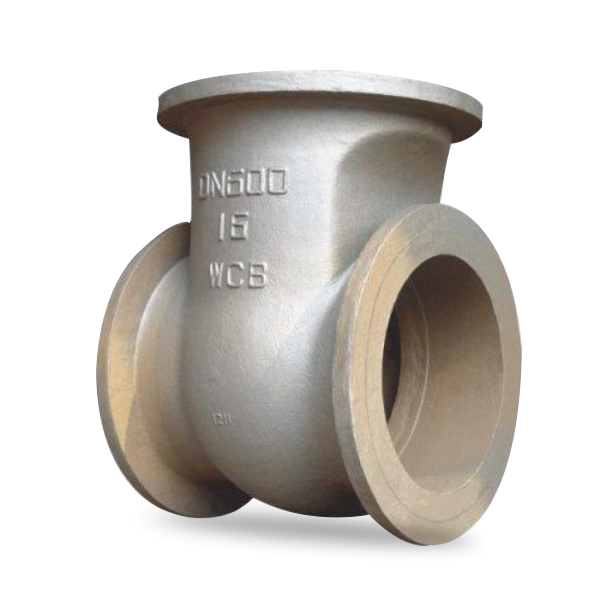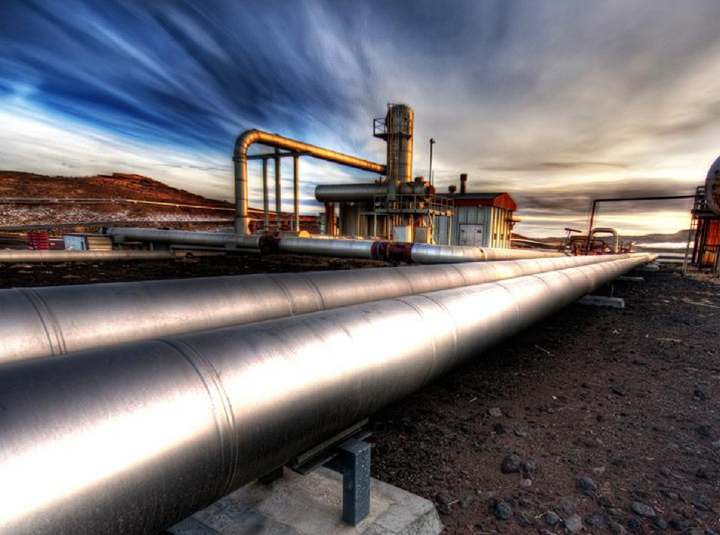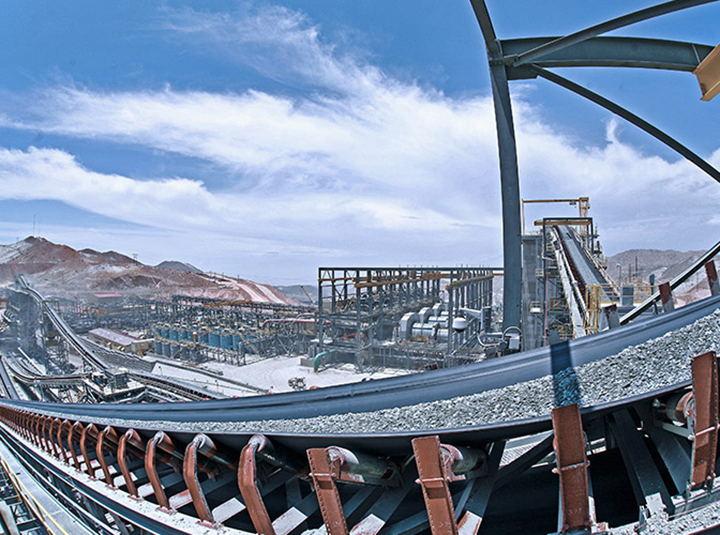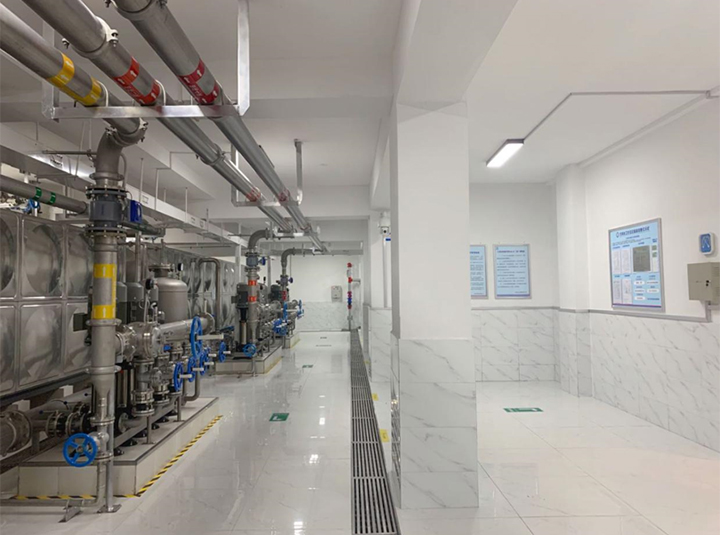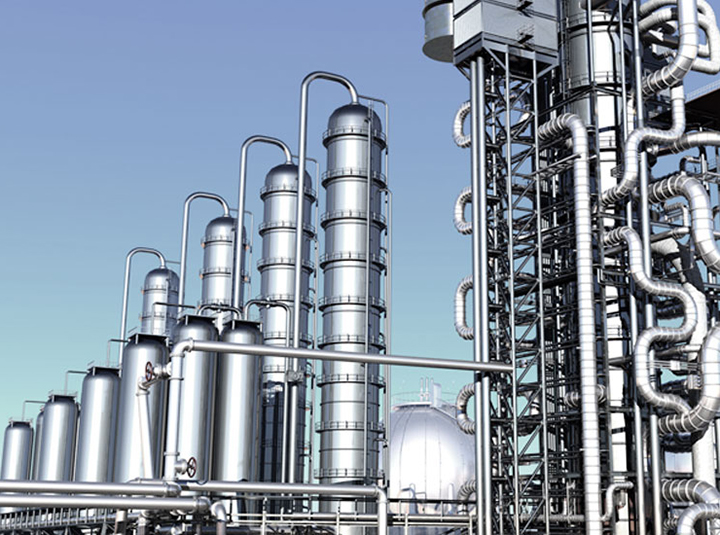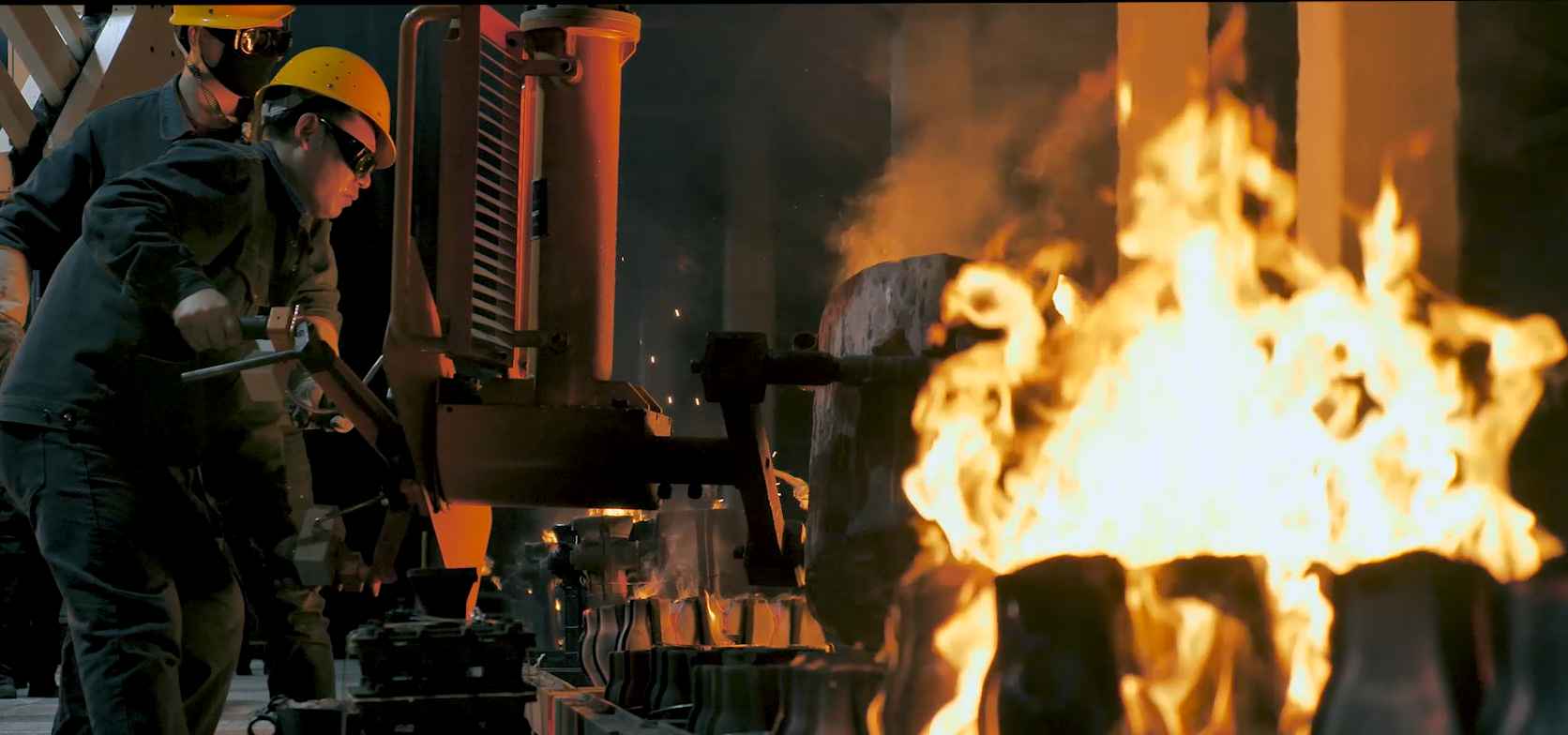Different Installation taboos for various types of valves - I (Taboo 1-11)
Different Installation taboos for various types of valves - II (Taboo 12-24)
Valves are a common equipment in chemical enterprises. Installing valves may seem easy, but if not implemented according to relevant technologies, it can lead to safety accidents. Today we will share some experience and knowledge about valve installation with everyone.
Taboo 1
Conduct water pressure tests at negative temperatures during winter construction.
Consequence: Due to the rapid freezing inside the pipe during the hydraulic test, the pipe freezes out.
Measures: Try to conduct a water pressure test before winter construction, and after the pressure test, blow the water clean. Especially, the water inside the valve must be cleaned, otherwise the valve may rust lightly and freeze crack severely.
When conducting hydraulic tests in winter, the project must maintain a positive indoor temperature, and the water should be blown clean after the pressure test.
Taboo 2
Inadequate flushing of the pipeline system before completion. The flow rate and speed cannot meet the requirements for pipeline flushing. Even using hydraulic strength testing to release water instead of flushing.
Consequence: If the water quality does not meet the operational requirements of the pipeline system, it often leads to a reduction or blockage of the pipeline cross-section.
Measure: Flush with a larger design flow rate within the system or a water flow rate that should not be less than 3m/s. It should be deemed qualified if the color and transparency of the discharge water are visually consistent with those of the inlet water.
Taboo 3
Sewage, rainwater, and condensate pipes are concealed without conducting a closed water test.
Consequence: May cause water leakage and result in user losses.
Measures: The closed water test work should be strictly inspected and accepted in accordance with the specifications. Concealed sewage, rainwater, condensate pipes, etc. should be ensured to be impermeable and leak free
Taboo 4
During the hydraulic strength test and leak test of the pipeline system, only observing the pressure value and water level changes is not enough for leakage inspection.
Consequence: Leakage occurs after the pipeline system operates, affecting normal use.
Measures: When conducting tests on the pipeline system in accordance with design requirements and construction specifications, in addition to recording pressure or water level changes within the specified time, it is particularly important to carefully check for any leakage issues.
Taboos 5
Butterfly valve flanges are ordinary valve flanges.
Consequence: The size of the butterfly valve flange is different from that of a regular valve flange. Some flanges have a small inner diameter, while the butterfly valve disc is large, resulting in the inability to open. Or the valve may be damaged due to hard opening.
Measure: The flange plate should be machined according to the actual size of the butterfly valve flange.
Taboo 6
There are no reserved holes or embedded parts in the construction of building structures, or the reserved hole size is too small and the embedded parts are not marked.
Consequence: During the construction of heating and sanitation projects, the building structure is chiseled and even the load-bearing steel bars are cut, affecting the safety performance of the building.
Measures: Carefully familiarize yourself with the construction drawings of the heating and sanitation engineering. According to the installation needs of pipelines and supports, actively and carefully cooperate with the construction of building structures to reserve holes and embedded parts, and refer to the design requirements and construction specifications for specific details.
Taboos 7
When welding pipelines, the misalignment of the pipes after alignment is not on the same centerline, and there is no gap between the alignment. Thick walled pipes do not have bevels, and the width and height of the weld seam do not meet the requirements of construction specifications.
Consequence: The misalignment of the pipes not on the same centerline directly affects the welding quality and visual quality. When there is no gap between the joints, thick walled pipes are not chamfered, and the width and height of the weld seam do not meet the requirements, the welding cannot meet the strength requirements.
Measures: After welding the pipeline, the pipeline should not be misaligned and should be on the same centerline; Gaps should be left for alignment. Thick walled pipes need to be beveled. In addition, the width and height of the weld seam should be welded according to the specification requirements.

Taboo 8
The pipeline is directly buried on frozen soil and untreated loose soil, and the spacing and position of pipeline piers are improper, even using dry bricks.
Consequence: Due to unstable support, the pipeline suffered damage during the backfilling and compaction process, resulting in rework and repair.
Measures: The pipeline shall not be buried on frozen soil or untreated loose soil, and the spacing between support piers shall comply with the construction specifications. The support pads shall be firm, especially at the pipeline interface, and shall not bear shear forces. Brick piers should be built with cement mortar to ensure completeness and firmness.
Taboo 9
The material of the expansion bolts used to fix the pipeline support is poor, and the aperture for installing the expansion bolts is too large or the expansion bolts are installed on brick walls or even lightweight walls.
Consequence: The pipeline support is loose, causing deformation or even detachment of the pipeline.
Measures: Expansion bolts must be selected from qualified products, and if necessary, samples should be taken for testing and inspection. The aperture for installing expansion bolts should not be greater than the outer diameter of the expansion bolts by 2mm. Expansion bolts should be used on concrete structures.
The flange plate and gasket used for pipeline connection are not strong enough, and the connecting bolts are short or have a small diameter. Heating pipelines use rubber pads, cold water pipelines use double-layer pads or inclined pads, and flange gaskets protrude into the pipes.
Consequence: The flange connection is not tight, or even damaged, resulting in leakage. The flange gasket protruding into the pipe will increase water flow resistance.
Measures: The flange and gasket used in the pipeline must meet the requirements of the pipeline design working pressure. Rubber asbestos pads should be used as flange gaskets for heating and hot water supply pipelines; Rubber gaskets should be used for the flange gaskets of water supply and drainage pipelines.
The gasket of the flange should not protrude into the pipe, and its outer circle should reach the flange bolt hole. No inclined pad or several gaskets should be placed in the middle of the flange. The diameter of the bolts connecting the flange should be less than 2mm compared to the hole diameter of the flange plate, and the length of the bolt rod protruding from the nut should be 1/2 of the nut thickness.
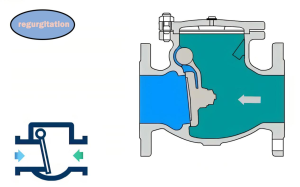 Taboos 11
Taboos 11
The valve installation method is incorrect.
For example, for globe or check valves, the water (steam) flow direction is opposite to the mark, and the valve stem is installed downwards. For horizontally installed check valves, vertical installation is adopted. The handle of the rising stem gate valve or butterfly valve does not have open or closed space, and the valve stem of the concealed valve does not face the inspection door.
Consequence: Valve failure, difficult maintenance of switches, and downward valve stem often cause water leakage.
Measures: Strictly follow the valve installation manual for installation, leave sufficient stem extension and opening height for rising stem gate valves, fully consider the handle rotation space for butterfly valves, and all valve stems should not be lower than the horizontal position, let alone downward. Concealed valves should not only have inspection doors that meet the opening and closing requirements of the valve, but also have the valve stem facing towards the inspection door.



